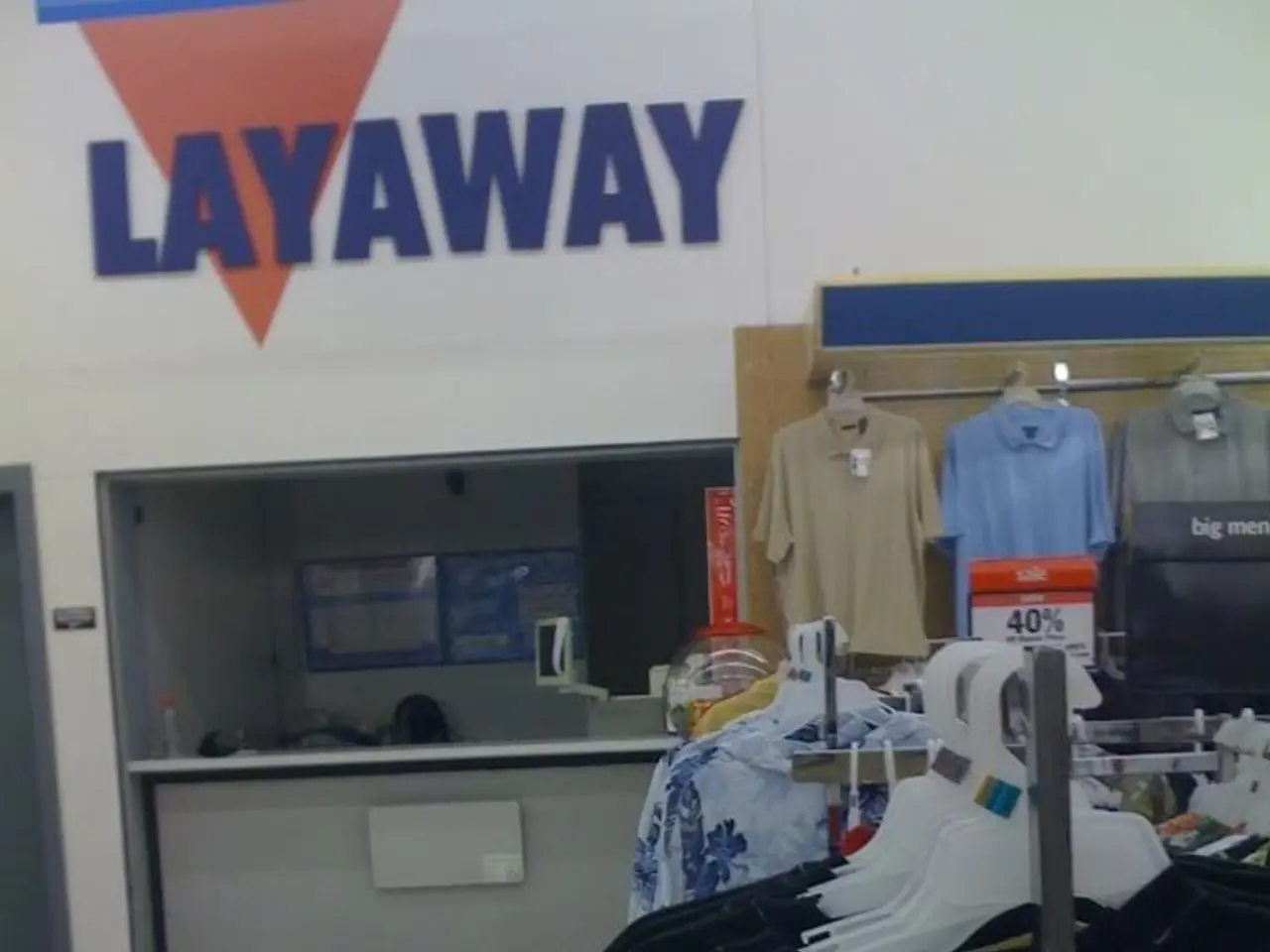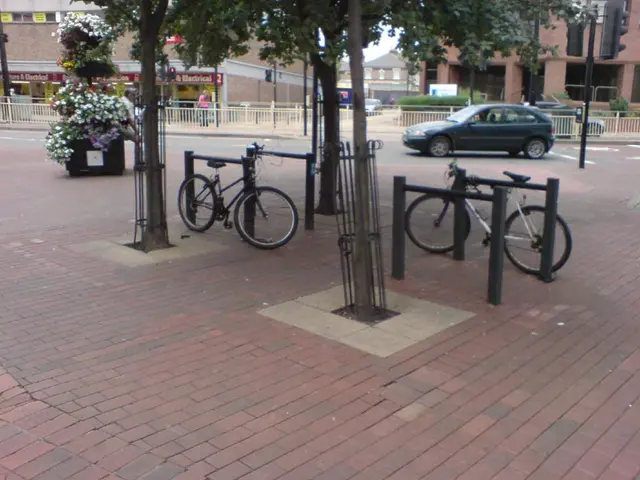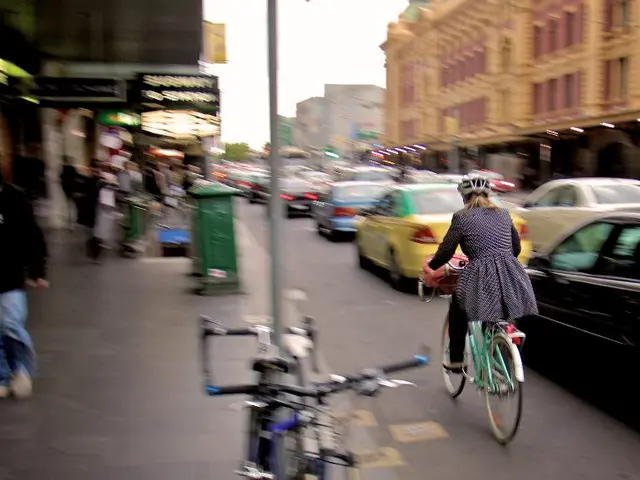Reinventing Clothing Store Layout: Tactics That Magnify Sales and Customer Interaction
Transforming Clothing Stores: Strategies for Enhanced Customer Engagement and Sales
In the ever-evolving world of retail, clothing stores are adapting to create captivating shopping experiences that not only attract customers but also encourage longer visits and boost sales. Here are some effective strategies that stores are employing.
Creating a Nostalgic Atmosphere
To evoke warm, familiar memories and enhance customer engagement, stores are designing their layout, visuals, and sensory elements as a cohesive storytelling experience. This is achieved through thematic storytelling, curated decor and visuals, sensory triggers, personalized experiences, and interactive moments.
- Thematic storytelling transforms the store into a physical narrative stage, where every design element reflects a nostalgic era or emotional arc.
- Curated decor and visuals use vintage or retro styles, such as classic color palettes, nostalgic fonts, and iconic imagery or characters from past decades.
- Sensory triggers engage customers' senses with background music from past decades, scents that conjure pleasant memories, and textures and materials that feel familiar and comforting.
- Personalized experiences tailor recommendations, offers, or communications based on customer preferences, making shoppers feel understood and emotionally connected to the brand.
- Interactive moments create in-store activations that encourage customers to engage with nostalgic elements, such as photo-walls replicating vintage scenes or holiday markets inspired by beloved TV settings.
Modern Retail Strategies
Incorporating innovative features like seamless mobile checkout, decompression zones, loop or racetrack designs, pop-up experiences, and sustainable fashion brands, stores are streamlining transactions, improving convenience, and attracting new visitors.
- Seamless mobile checkout has become an essential feature for modern retail environments, greatly improving the shopping experience.
- Creating a decompression zone at the entrance helps shoppers acclimate to the store environment.
- A loop or racetrack design guides customers through a circular path, maximizing product exposure.
- Pop-up experiences attract new visitors by introducing limited-time collections and rotating themes.
- Highlighting sustainable fashion brands educates customers on eco-friendly choices, boosting sales in this category.
Designing for Sustainability and Convenience
Strategic lighting, themed installations, neutral color palettes, and interactive elements can be used to reflect an art gallery vibe in a clothing store. Using energy-efficient LED lighting can lower energy consumption by up to 75%, cutting operational costs and reducing environmental impact.
Moreover, using recycled materials in fixtures and decor can markedly reduce a store's carbon footprint. Virtual fitting rooms enable customers to try on clothes digitally, eliminating the hassles of traditional fitting rooms and allowing customers to visualize how items will look on them.
The Power of Pop-ups
Pop-ups can generate up to 30% higher revenue compared to traditional setups. With 80% of consumers willing to share their experiences online, pop-ups amplify your brand's reach and visibility.
Enhancing the Shopping Experience
Dynamic displays capture attention and elevate the overall shopping experience, leading to increased foot traffic. An open floor plan encourages exploration, creating a relaxed atmosphere that improves customer interaction. Positioning high-demand items on the right side can increase sales, as shoppers tend to turn that way first.
Incorporating interactive displays and sensory elements, like engaging lighting, can create a memorable atmosphere that encourages longer visits and boosts sales. These strategies, grounded in storytelling, sensory engagement, and personalized interactions, help create an inviting atmosphere that not only draws customers in but encourages them to linger, connect emotionally, and ultimately increase sales.
- Fashion-and-beauty stores can enhance their shopping experience by designing a cohesive storytelling experience that includes thematic storytelling, curated decor, sensory triggers, personalized experiences, and interactive moments to create a nostalgic atmosphere that evokes warm, familiar memories.
- Home-and-garden stores can boost sales by incorporating modern retail strategies such as seamless mobile checkout, decompression zones, loop or racetrack designs, pop-up experiences, and sustainable brands, streamlining transactions, improving convenience, and attracting new visitors.






